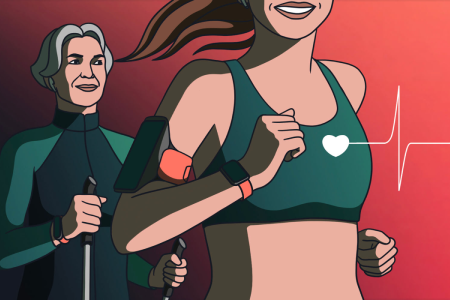
What are Heart Rate Zones & how to calculate it with Welltory
Learn everything you need to know about what are Heart Rate Zones and how to calculate your personal training heart rate zones with Welltory.
Home » Heart Rate Variability » The 12 Common Mistakes When Measuring Heart Rate Variability
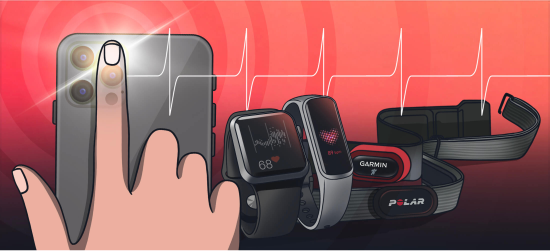
Heart rate variability (HRV) tracking is a powerful biomarker and is widely used to assess what’s going on with a person’s body and can tell you a lot about your physical and mental state. There are a lot of highly accurate gadgets like HRV monitors that can help you get the data. Your smartphone can also be used to measure your HRV.
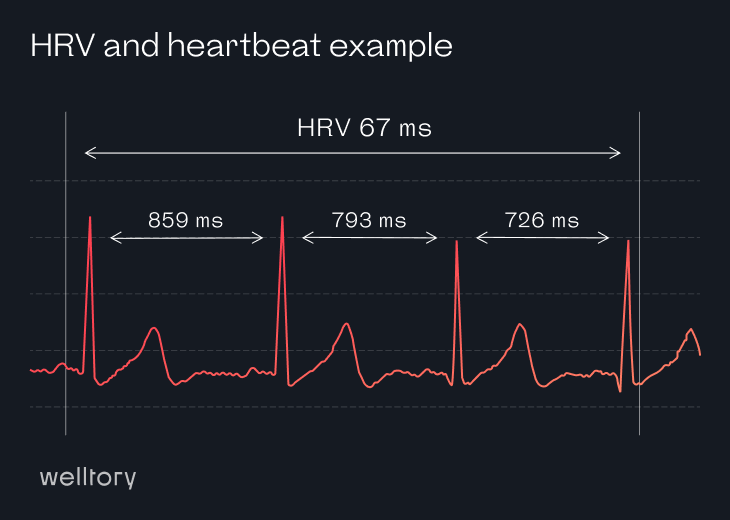
It’s important to remember that HRV monitors and devices are highly sensitive to how you behave during the measurement. So if you want accurate measurements, make sure you avoid some common mistakes we have seen our users make.
There are different ways to measure your HRV. Welltory supports different devices like chest straps, wrist and arm monitors, and smartwatches, but you can even take an HRV measurement with your camera flush via the Welltory app. To get accurate readings, you need to make sure your finger is placed over the camera and flash correctly, and you don’t move or talk. Your body should be in the same position for all readings, while your heart rate and breathing should be stable.
HRV interpretation isn’t a one-size-fits-all science. It depends on many different factors: time of day, the way your nervous system typically responds to stressful situations, and much more. To get detailed information, we suggest you refer to our Complete Guide on HRV.
As you change the position of your body, its requirements change. Autonomic output regulates cardiac function (e.g., heart rate) to maintain a stable internal environment. Even if the heart appears to beat regularly, the interval between one heartbeat and the next will not be the same anymore. That is why it’s important to remain in the same position for the time of your measurement and avoid talking and sudden movements.
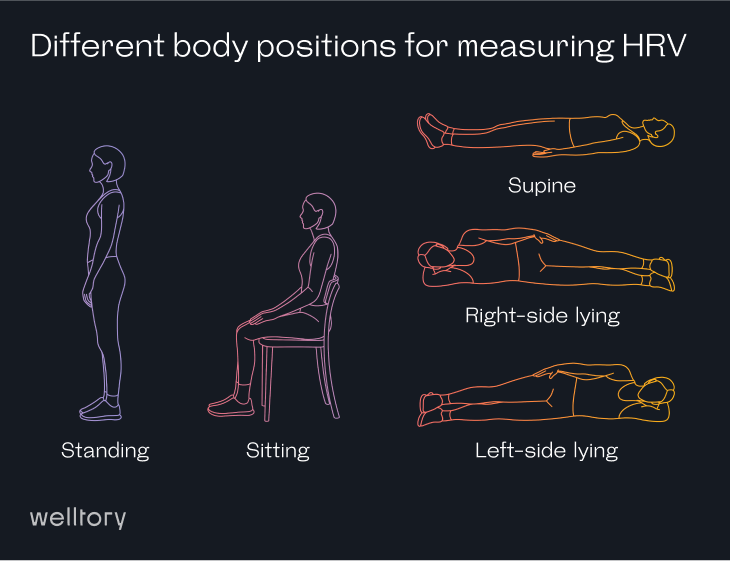
We recommend taking measurements while seated, but you may take morning measurements while lying down. If our heart rate is 50 or lower while lying down, it may be better to take all measurements while seated to avoid getting unreliable results.
Body position significantly influences cardiac autonomic drive in humans. In healthy adults, heart rate variability has been compared across different positions like supine, right- and left-side lying postures; supine vs. sitting, supine vs. standing, and supine, standing, and head-up and -down tilt postures. In healthy adults, autonomic balance is different between supine and vertical postures. The sympathetic nervous function predominates in vertical postures, while the vagal function predominates in recumbent postures.
Some researchers claim that whether heart rate variability test results during standing reveal additional information compared to supine remains unclear. Athletes tend to measure their HRV after awakening in the morning in the supine position. However, for individuals with low heart rates, it is better to take measurements in a standing position rather than seated or supine.
Mistake users make is taking HRV measurements in different positions – standing, seated, and supine. For better readings, it’s preferable to stick to one position to get an accurate track of changes and comparable readings
Different devices have different cameras and flash configurations, so you need to make sure you find the right position for your finger. A common mistake is moving your finger when a flash gets too hot. The camera records changes in the color of the frame to track blood flowing in and out of your finger, so moving it around can interrupt the analysis. If the flash burns, we recommend you cover it halfway or hold your finger 2-3 mm away from the flash.
To get the most accurate results, it’s recommended to take measurements in the morning and keep the measurement time within the same time frame. The appropriate environment for HRV measurements should not be too bright or too dark, noisy, too cold, or too hot. It’s suggested to maintain proper room temperature.
HRV follows a circadian rhythm due to changes in the ANS balance (morning/evening). Studies show that HRV increases during the night in particular. Researchers investigated the interaction between circadian and sleep-wake-dependent processes on heart rate variability (HRV). They found that turning the lights off was associated with a rapid increase in mean RR interval.
To understand your baseline, you should take HRV measurements regularly and follow a long-term trend, especially, it’s important if you are trying to adjust to a healthier lifestyle and increase your average HRV. Taking irregular HRV measurements just out of curiosity is not favorable because it will not provide an adequate picture. Moreover, it’s important to stick to the same time of the day and the same position when taking a measurement. Ideally, you would do it twice a day to see how it changes throughout the day.
In addition to that, it might be worth taking other measurements into account. To understand your body better, Welltory allows you to insert data for your blood pressure and complete short questionnaires about how you feel.
The Autonomic Nervous System (ANS) is connected to processes in the body such as digestion and inflammation. Different inflammatory triggers and/or food sensitivities can act as stressors and affect your HRV. Various aspects of diet have been found to be associated with HRV. For example, a Mediterranean diet increased HRV, high fat or trans-fat diet, on the contrary, reduced HRV.
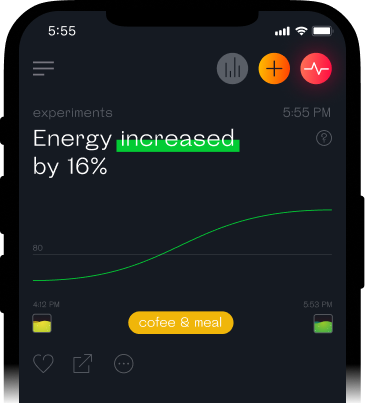
The Autonomic Nervous System (ANS) is connected to processes in the body such as digestion and inflammation. Different inflammatory triggers and/or food sensitivities can act as stressors and affect your HRV. Various aspects of diet have been found to be associated with HRV. For example, a Mediterranean diet increased HRV, high fat or trans-fat diet, on the contrary, reduced HRV.
Studies show that acute alcohol consumption is associated with an overall decrease in HRV. A review of a total of 24 articles suggests that a low dose (approximating the recommended daily amount of 1 standard drink in women and 2 in men) use is associated with increased HRV parameters compared to those who drink less frequently or abstain altogether. If you are constantly measuring your HRV, it might be useful to include alcohol intake and see how it affects your readings. Just remember that it is going to be lower than usual.
There are quite a few mistakes one can make wearing a chest strap. For example, some users wear them upside down, which really affects their performance.
Moreover, dirt and skin can affect the accuracy of the HRV sensor functions, so make sure you wash the strap.
Not wetting the electrodes is another mistake. It’s recommended to get the whole front of the strap wet to get an accurate reading through your measurement.
A chest monitor can be used for measurements throughout your training sessions, however, HRV monitors that use the PPG technique cannot measure accurate HRV while you are moving. This means that a user should stay still and avoid sudden movements while taking a measurement with a wrist or an arm HRV monitor.

Heart rate variability measurements provide information on the autonomic nervous system and the balance between parasympathetic and sympathetic activity. In general, it’s believed that high HRV can be advantageous, reflecting the ability of the autonomic nervous system to adapt. Low HRV, on the contrary, can be indicative of fatigue, overtraining, or health issues. However, in some cases, it might be the opposite. Users tend to think that low HRV is dangerous, but it is not necessarily true.
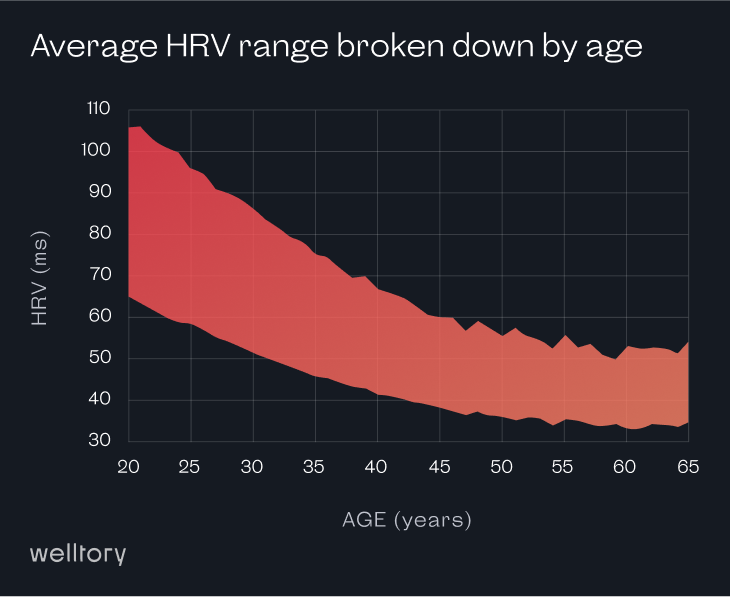
For example, low HRV after exercise is normal. Intense training, overtraining, and high activity levels for long periods are likely to cause a drop in your HRV associated with increased Sympathetic Nervous System activity. As your body recovers, HRV will get back to your personal normal.
Marina Kovaleva, certified Personal Trainer, Lead researcher, and Data scientist at Welltory Inc, says that a resting heart rate that’s too low can be a sign of a heart block – a condition where the heart beats more slowly or with an abnormal rhythm or myocardial hypertrophy (increase in ventricular myocardial mass). It is considered an athletic adaptation, but it can lead to health issues.
When our body is fighting an illness, our elevated immune system can be a cause of increased HRV. Moreover, if the body is in a state of hyper recovery, the HRV can get extremely high. Your body adjusts to stressors, and the high HRV is good for recovery. However, it does not suggest better health. Quite the opposite, if your body is frequently fighting a sickness you might have a high HRV but feel drained.
HRV is a highly sensitive biometric. It can also fluctuate throughout the day. People often wonder, “Why does my HRV vary so much?”. Well, it’s because your body is adjusting to stressors all the time.
If your readings are too low or too high, maybe it’s not a mistake. If you did not change your daily routine, your diet and sleep are the same and you keep the same level of activity but your HRV is unusually low or high, it’s advised to check your health with other biomarkers and see a doctor.
If there is a positive trend in your daily heart rate variability and you know that you’ve been putting effort to increase it, then there are fewer reasons to worry. However, if there’s a downward trend over several days, it might signal that your body is exposed to a lack of sleep, dehydration, ongoing stress, an illness, or excessive training, which is not ideal in the long run.
Welltory Team, 22 Feb. 2022

Learn everything you need to know about what are Heart Rate Zones and how to calculate your personal training heart rate zones with Welltory.
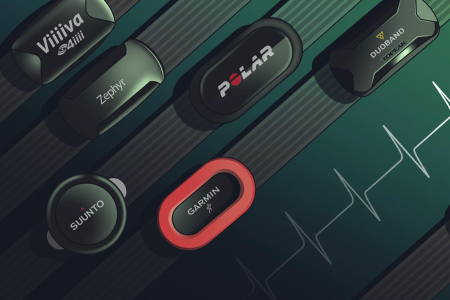
Measure heart rate variability with the best HRV Monitors Compatible With Welltory

A clear explanation of heart rate variability, what it is, and how to use it. What does heart rate variability tell you and how to understand it in simple words.
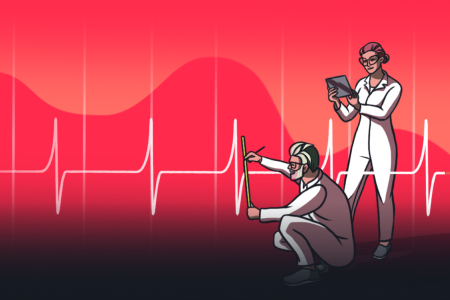
The Ultimate HRV guide about what Heart Rate Variability is and how to implement HRV in daily life with Welltory
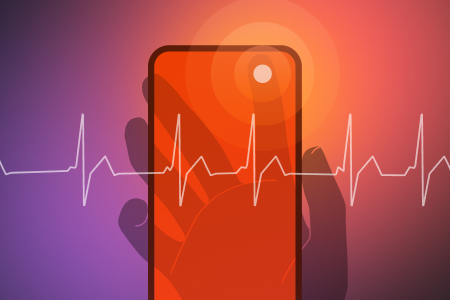
7 simple rules for accurate heart rate variability measurement.
Find out how heart rate variability measurements are taken with smartphone cameras and heart rate monitors.
 App Store
App Store
 Google Play
Google Play
 Huawei AppGallery
Huawei AppGallery
 Galaxy Store
Galaxy Store







